Superheated Steam
Superheated steam is created by further heating wet or saturated steam beyond the saturated steam point. This yields steam that has a higher temperature and lower density than saturated steam at the same pressure. Superheated steam is mainly used in propulsion/drive applications such as turbines, and is not typically used for heat transfer applications.
Advantages of using superheated steam to drive turbines:
- To maintain the dryness of the steam for steam-driven equipment, whose performance is impaired by the presence of condensate
- To improve thermal efficiency and work capability, e.g. to achieve larger changes in specific volume from the superheated state to lower pressures, even vacuum.
It is advantageous to both supply and discharge the steam while in the superheated state because condensate will not be generated inside steam-driven equipment during normal operation, minimizing the risk of damage from erosion or carbonic acid corrosion. In addition, as the theoretical thermal efficiency of the turbine is calculated from the value of the enthalpy at the turbine inlet and outlet, increasing the degree of superheating as well as the pressure raises the enthalpy at the turbine inlet side, and is thereby effective at improving thermal efficiency.
| Property | Disadvantage |
| Low heat transfer coefficient | Reduced productivity |
| Larger heat transfer surface area needed | |
| Variable steam temperature even at constant pressure | Superheated steam needs to maintain a high velocity, otherwise the temperature will drop as heat is lost from the system |
| Sensible heat used to transfer heat | Temperature drops can have a negative impact on product quality |
| Temperature may be extremely high | Stronger materials of construction may be needed, requiring higher initial equipment outlay |
For these reasons and others, saturated steam is preferred over superheated steam as the heating medium in exchangers and other heat transfer equipment. On the other hand, when viewed as a heat source for direct heating as a high temperature gas, it has an advantage over hot air in that it can be used as a heat source for heating under oxygen-free conditions. Research is also being carried out on the use of superheated steam in food processing applications such as cooking and drying.
What is the temperature of superheated steam?
This will entirely depend on the source liquid in question. For the steam to become superheated it must exceed the boiling point of that liquid to such a degree that it loses most, if not all, liquid components
SUPERHEATED STEAM TABLES
The superheated steam tables display the properties of steam at various pressures in much the same way as the saturated steam tables. However, with superheated steam there is no direct relationship between temperature and pressure. Therefore, at a particular pressure it may be possible for superheated steam to exist at a wide range of temperatures.
In general, saturated steam tables give gauge pressure, superheated steam tables give absolute pressure.
How is superheated steam calculated?
The excess energy = 2 741.7 - 2 706.7 = 35 kJ/kg, and this is used to raise the temperature of the steam from the saturation temperature of 120 °C to 136 °C. The degree of superheat can be determined either by using superheated steamtables, or by using a Mollier chart.
How do you calculate degrees of superheat?
The compressor inlet temperature equals 50 degrees. The total superheat calculation is as follows: Degrees compressor in temperature (50 degrees) minus saturation temperature (23 degrees) equals total superheat (27 degrees). In the above example, the total superheat was calculated to be 27 degrees.
Superheated steam, is after all, effectively dry. This is because superheated steam has some disadvantages to saturated, or wet, steam. The latter is actually better at transferring its heat than superheated steam making it more suitable for disinfection purposes

 Aerated Concrete Block Industry
Aerated Concrete Block Industry 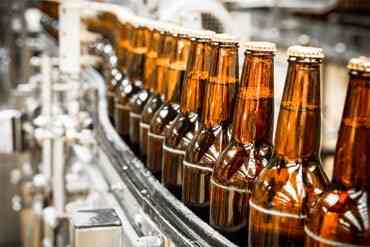 Brewery Industry
Brewery Industry  Captive Cogen Industry
Captive Cogen Industry 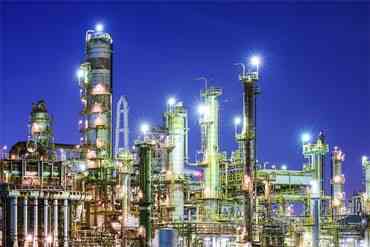 Chemical Industry
Chemical Industry  Dairy Industry
Dairy Industry 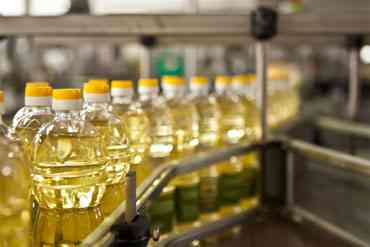 Edible Oil Industry
Edible Oil Industry 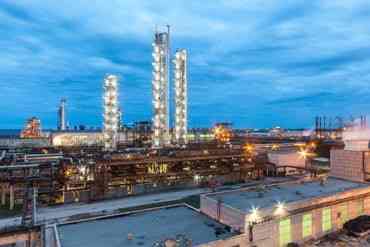 Fertilizer Industry
Fertilizer Industry  Hotel Industry
Hotel Industry 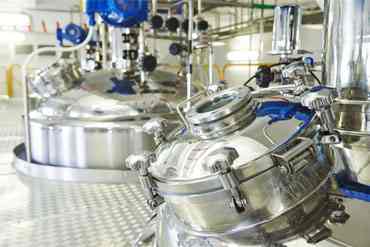 Pharma Industry
Pharma Industry 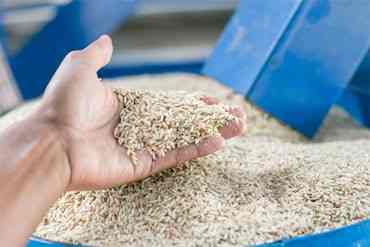 Rice Industry
Rice Industry 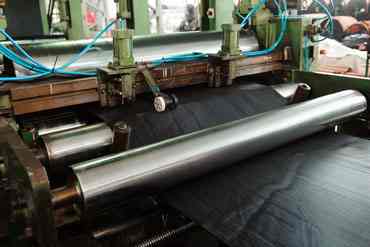 Rubber Industry
Rubber Industry  Soap Industry
Soap Industry 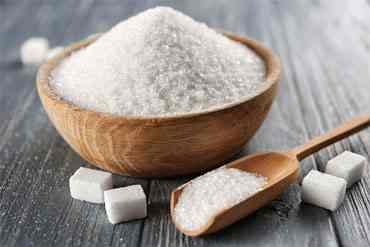 Sugar Industry
Sugar Industry  Textile Industry
Textile Industry 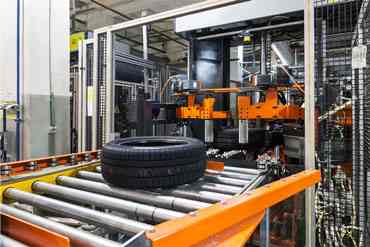 Tyre Industry
Tyre Industry